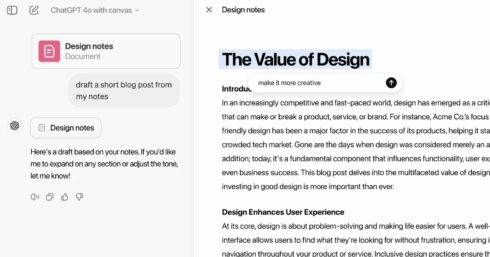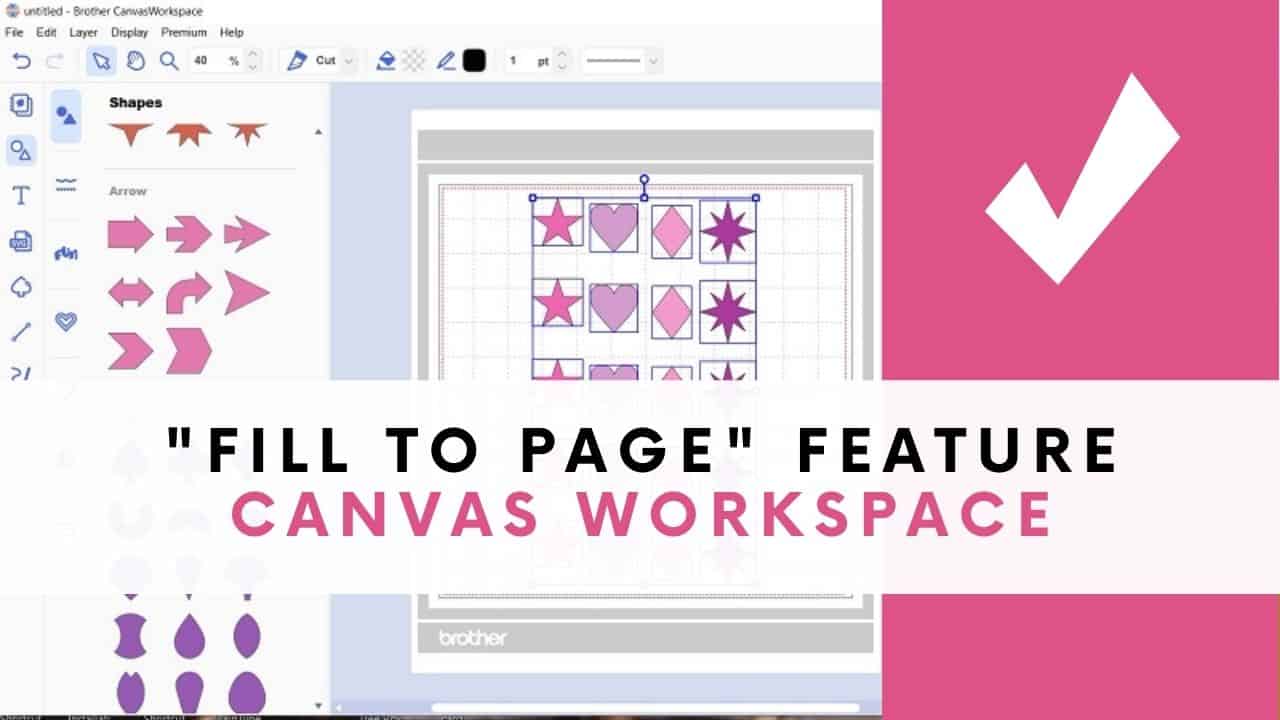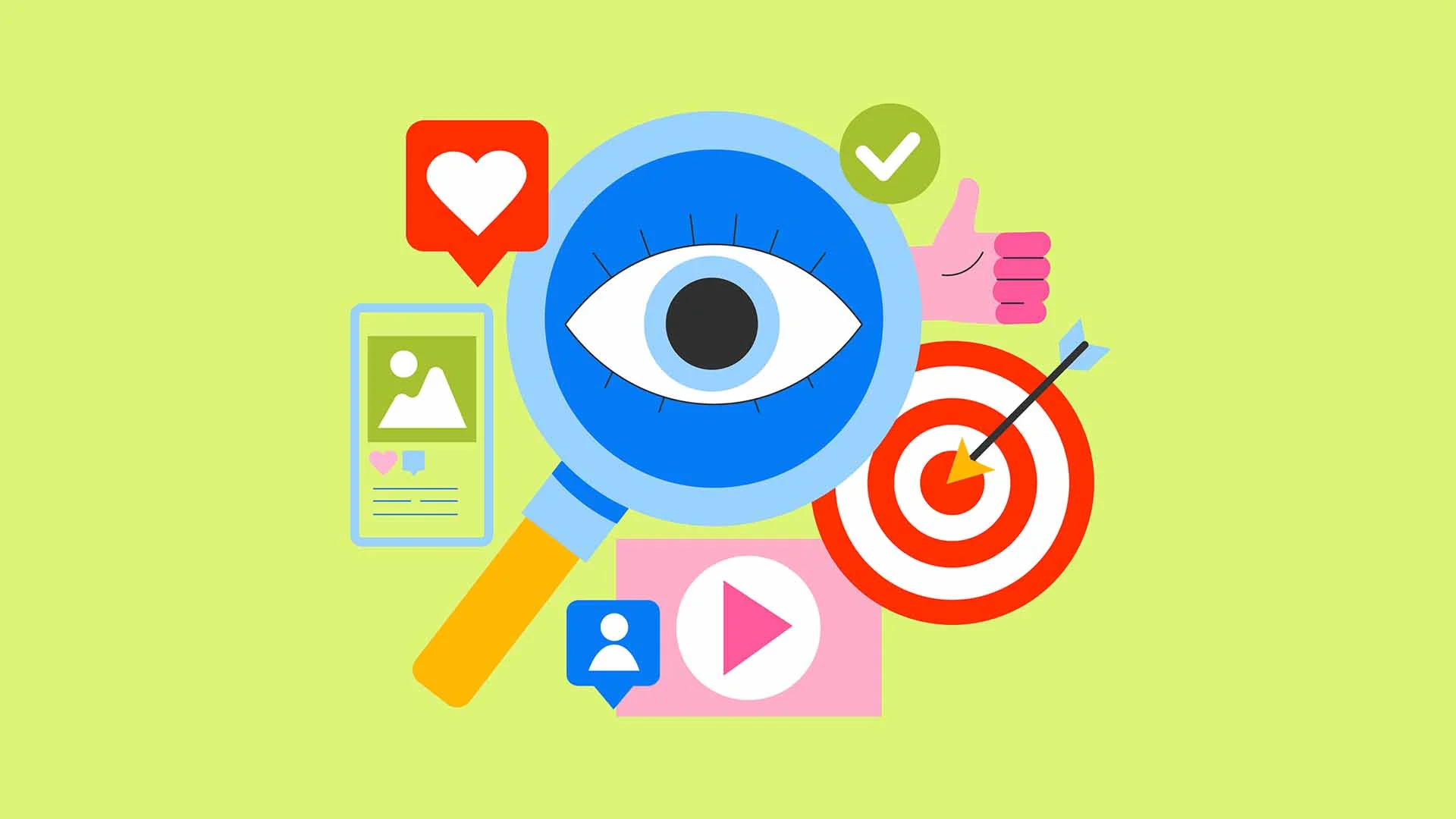OpenAI's ChatGPT Canvas: A New Way to Work Side-by-Side with AI
OpenAI has made waves today with its first major update to ChatGPT since the model’s initial release: the ‘Canvas’ interface. This significant upgrade isn’t just about cosmetic changes—it redefines the way users can collaborate with ChatGPT for writing and coding projects. In this overview, we will take an in-depth look at the new capabilities of Canvas, compare it with competitors like Anthropic’s Claude, and explore how it enhances productivity for both writers and developers. Canvas introduces an improved way to interact with the AI, enabling more efficient project management, seamless editing, and enhanced in-line feedback.

Enhanced Collaboration with Canvas
As I test the beta version of Canvas, I’ll walk you through the most interesting features. The videos below demonstrate real-time examples of how this new interface works and share insights into how it can improve your productivity. Whether you’re a content creator looking to streamline your workflow or a developer seeking to optimize code collaboration, the Canvas update brings something for everyone.
Key Takeaways:
Canvas offers a fantastic new workspace for anyone who uses ChatGPT to write or code. In the past, the chat interface served as the main mode of interaction, which, while effective, had its limitations for users working on iterative or complex projects. Now, Canvas adds a new dimension, offering a virtual project space where you can actively collaborate with ChatGPT in real time.

Imagine you’re drafting an essay—you can now highlight sections directly within Canvas for ChatGPT to refine, making it easier to communicate what needs improvement. Similarly, when working on a coding project, you can allow ChatGPT to provide suggestions or even debug code by highlighting problematic lines. This way, you’re not only getting responses but also building your project alongside an AI collaborator, reducing friction in your workflow.
Streamlined Content Creation and Coding
For writers, Canvas provides a suite of tools to streamline content creation. You can easily adjust the reading level of your content to suit different audiences, ask for grammar and clarity checks, or request edits to shorten or expand the text. For developers, coding enhancements include features like adding comments to your code for better readability, suggesting ways to fix errors, and even converting your code into different programming languages—all of which make collaboration seamless.
These new capabilities place Canvas in a unique position compared to its competitors. Anthropic’s Claude, for instance, is also an advanced AI, but it does not currently offer the same level of integration or workspace dedicated to collaborative project management. Canvas offers an added layer of convenience for creators who need a comprehensive project environment rather than isolated chat-based feedback.

Productivity Features
The Canvas interface comes with multiple new features designed to enhance productivity and support a seamless experience for both writing and coding. These features align well with the evolving demands of creative professionals, who need more than just conversation-based answers. Canvas provides a collaborative environment where ChatGPT becomes more than a tool—it becomes a true partner in your project, offering suggestions and enhancements directly within your workspace.
This beta version also introduces a few shortcuts for simplifying workflows. For example, you can ask Canvas to adjust the reading level of your content—from a simple Kindergarten level to a Graduate level, depending on the target audience. Similarly, developers can add print logs to their code to facilitate debugging. These tools make it much easier to keep your focus on the creative aspects of your work while ChatGPT handles the mechanics of refinement.
Comparison with Anthropic’s Claude
Canvas is currently available to ChatGPT Plus and Team users, with plans to extend access to Enterprise and Edu users in the coming weeks. Eventually, OpenAI plans to release Canvas for Free users once the beta phase is complete and the interface has been fine-tuned based on feedback from early adopters.
Looking ahead, OpenAI is committed to expanding the capabilities of Canvas to make it even more versatile. The goal is to provide a more interactive and productive AI experience that can adapt to complex writing and coding needs, evolving as a tool that professionals can rely on for their day-to-day work.

In summary, Canvas marks a significant leap in how we interact with AI. By offering a project-focused environment that blends editing, feedback, and real-time collaboration, Canvas has the potential to transform the creative process—whether you’re writing an article, building software, or simply seeking a better way to organize your projects. As we explore its capabilities and compare it with existing AI models like Anthropic’s Claude, it’s clear that Canvas is pushing the boundaries of what AI can achieve in terms of enhancing productivity and collaboration. More information on the latest OpenAI ChatGPT Canvas workspace which is rolled out this week in a beta release jump over to the official website.




















